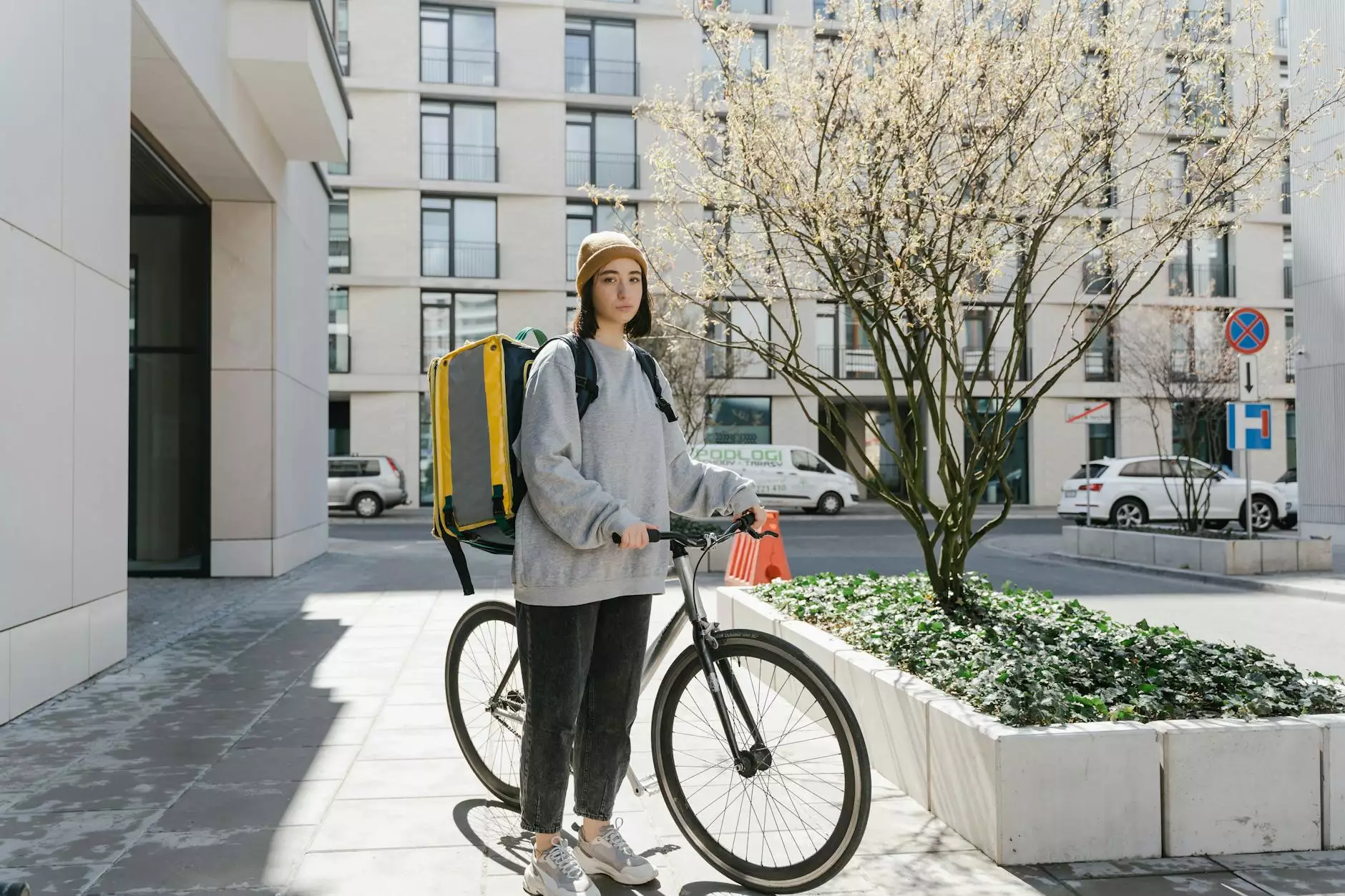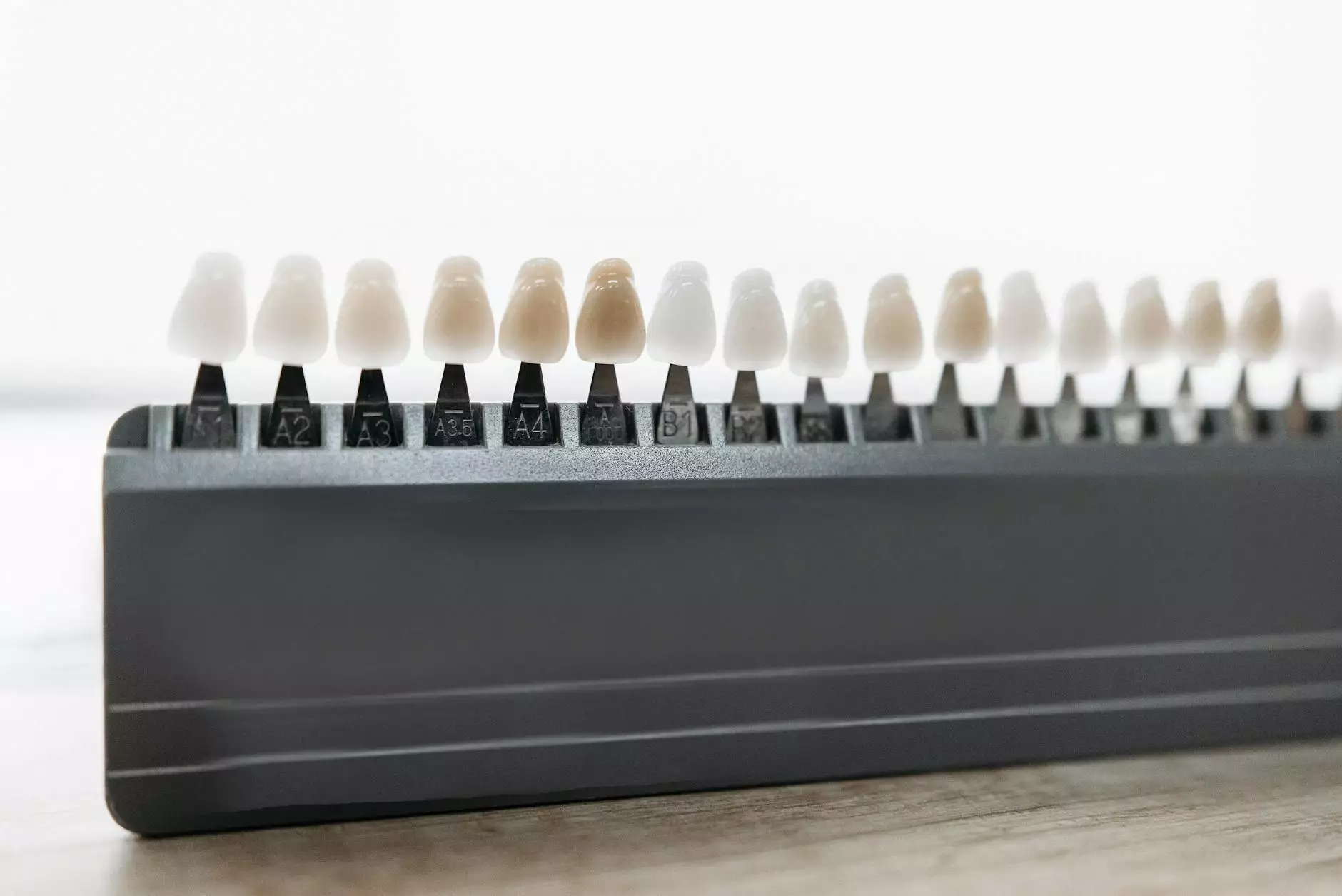Understanding the VATS Procedure for Pleural Effusion

The video-assisted thoracoscopic surgery (VATS) procedure for pleural effusion has become a cornerstone in modern thoracic surgery. As a minimally invasive surgical technique, it offers significant advantages over traditional open surgery. This article aims to provide an extensive overview of this procedure, its benefits, risks, and the recovery process, ensuring a comprehensive understanding of its role within the medical field.
What is Pleural Effusion?
Pleural effusion is a medical condition characterized by the accumulation of excess fluid in the pleural space, the thin fluid-filled area between the layers of tissue that line the lungs and the chest cavity. This condition can lead to complications such as difficulty breathing, chest pain, and increased pressure on the lungs.
Causes of pleural effusion include:
- Heart failure
- Pneumonia
- Cancer
- Liver disease
- Kidney disease
Understanding VATS: A Breakthrough in Thoracic Surgery
VATS is a minimally invasive surgical technique that allows surgeons to access the chest cavity without the need for large incisions. Using a small camera (thoracoscope) and specialized instruments, surgeons can effectively diagnose and treat conditions affecting the lungs, pleura, and other thoracic structures.
During the VATS procedure for pleural effusion, the surgeon will typically make two to three small incisions on the patient’s side, insert the camera, and use instruments to either remove the fluid or perform a pleurodesis, a procedure that helps prevent the future buildup of fluid by adhering the pleural layers together.
Benefits of VATS Procedure for Pleural Effusion
Choosing the VATS procedure for pleural effusion comes with several benefits:
- Minimally Invasive: Smaller incisions mean less pain and discomfort for patients.
- Quicker Recovery: Patients usually experience shorter hospital stays and faster overall recovery compared to traditional surgery.
- Reduced Risk of Complications: The surgical procedure tends to have fewer complications due to minimal trauma.
- Better Cosmetic Outcomes: Smaller scars are more aesthetically pleasing and promote faster healing.
The VATS Procedure in Detail
1. Preoperative Preparation
Before undergoing the VATS procedure for pleural effusion, patients will typically go through a series of evaluations and preparations:
- Medical History and Physical Exam: The doctor will assess the patient’s medical history and perform a thorough examination.
- Imaging Studies: Tests such as X-rays, CT scans, or ultrasound may be conducted to evaluate the pleural effusion.
- Laboratory Tests: Blood tests may be necessary to assess overall health and identify any underlying issues.
- Informed Consent: Patients will be required to give consent after being made aware of the risks and benefits associated with the procedure.
2. Anesthesia and Pain Management
The procedure is performed under general anesthesia, ensuring that the patient is completely unconscious and pain-free throughout the operation. Postoperative pain management is critically important and may include medications administered through an IV or orally.
3. The Surgical Procedure
The specific steps of the VATS procedure include:
- Incisions: Two to three small incisions are made, typically between the ribs.
- Insertion of Thoracoscope: A thoracoscope with a camera is inserted into one incision, providing live video feedback to the surgeon.
- Fluid Drainage: Using specialized instruments, the surgeon can drain the excess fluid from the pleural space.
- Pleurodesis (if performed): A sclerosing agent may be introduced to adhere the pleural layers and prevent future fluid buildup.
- Closing Incisions: After the procedure, the incisions are closed using sutures or adhesive strips.
Postoperative Care and Recovery
The recovery phase following the VATS procedure is crucial for ensuring patient well-being and successful outcomes. Here’s what patients can generally expect during their recovery:
1. Hospital Stay
Most patients will stay in the hospital for one to three days, depending on individual health and the complexity of the procedure. During this time, healthcare professionals will monitor vital signs, pain levels, and fluid drainage.
2. Pain Management
Management of postoperative pain often involves:
- Medications prescribed by the doctor
- Access to a pain management specialist if necessary
3. Activity Restrictions
Patients are advised to avoid strenuous activities for a few weeks post-surgery. Light walking is encouraged to aid in recovery and prevent complications such as blood clots.
4. Follow-up Appointment
A follow-up appointment will typically be scheduled for one to two weeks after the procedure to assess recovery, review pathology results if applicable, and monitor for any complications.
Potential Risks and Complications
Even though VATS is considered safe, like any surgical procedure, it carries some risks. Possible complications include:
- Infection: There is a risk of infection at the incision sites or in the respiratory system.
- Bleeding: Some bleeding may occur during or after surgery.
- Pneumothorax: A collapsed lung can occur if air leaks into the thoracic cavity.
- Recurrence of Pleural Effusion: There may be a risk of fluid re-accumulating in the pleural space.
When to Consider VATS?
Healthcare providers may consider the VATS procedure for pleural effusion when:
- The patient experiences persistent or recurrent pleural effusion despite medical treatment.
- The effusion is large or symptomatic, leading to respiratory distress.
- When there is uncertainty concerning the underlying cause of pleural effusion that requires further assessment.
The Future of VATS in Thoracic Surgery
Video-assisted thoracoscopic surgery continues to evolve, with ongoing research exploring innovative techniques and technologies. Enhanced imaging systems and robotic-assisted VATS procedures are paving the way for even more precise and effective interventions in treating pleural effusion and other thoracic conditions.
As minimally invasive approaches become the standard of care, it is expected that the VATS procedure for pleural effusion will expand its role in addressing complex thoracic issues, resulting in better patient outcomes and experiences.
Conclusion
In conclusion, the VATS procedure for pleural effusion stands as a testament to advancements in medical technology and surgical techniques. With its numerous benefits, including faster recovery times, reduced pain, and improved outcomes, VATS is revolutionizing how thoracic surgery is performed. If you're considering this procedure, consult with trusted healthcare professionals who can provide personalized advice and support tailored to your specific condition.
For more detailed information about thoracic surgery, surgical techniques, and treatments for pleural effusion, visit Neumark Surgery.









